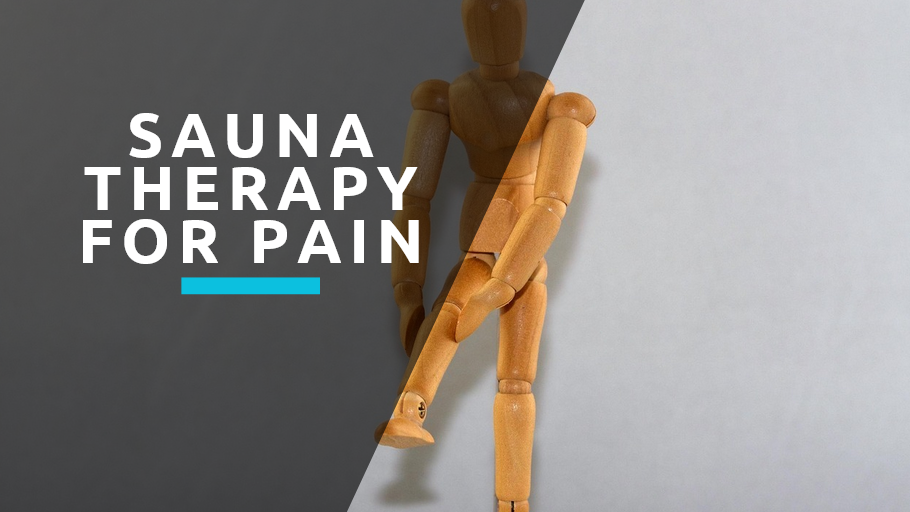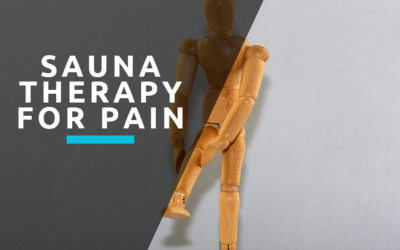Jack Dorsey has Three Daily Sauna Sessions
November 1, 2025

Jack Dorsey, co-founder of Twitter and Block (formerly Square), has built a reputation in Silicon Valley that extends far beyond his technological achievements. Known for his commitment to personal optimization, Dorsey has become something of a wellness icon among tech executives, advocating for practices that many would consider extreme.
The demands of simultaneously leading two major technology companies—a feat Dorsey managed for years before stepping down as Twitter’s CEO in November 2021—required him to develop a rigorous set of tools and routines. His approach to maintaining peak mental and physical performance has included Vipassana meditation retreats, studying Stoic philosophy, practicing intermittent fasting (often eating just one meal a day), and perhaps most notably, an intensive sauna regimen that would make even the most dedicated wellness enthusiasts take notice.
A Three-Session-a-Day Commitment
Unlike casual sauna users who might enjoy an occasional session after a workout, Dorsey has incorporated sauna bathing into his daily routine with remarkable dedication. For over three years, he has maintained a practice of using the sauna three times per day—a commitment that speaks to how central he believes thermal therapy is to his overall well-being and cognitive function.
During his appearance on Ben Greenfield’s podcast, Dorsey opened up about the transformative impact this practice has had on his life, describing it as one of the most powerful tools in his wellness arsenal.
The Contrast Therapy Protocol
Dorsey’s sauna routine isn’t simply about sitting in heat—it’s a carefully structured contrast therapy protocol that alternates between extreme heat and cold. This practice, sometimes called “Nordic cycling” or “hot-cold immersion therapy,” has ancient roots in Scandinavian culture and has gained renewed attention in wellness circles.
“The thing [that] has had probably the largest impact in terms of how I feel, but also mental clarity, is sauna and cold,” Dorsey explained. His routine follows a specific pattern: he begins with 15 minutes in his barrel sauna, heating his body to the point of significant perspiration. He then immediately transitions to an ice bath, submerging himself in near-freezing water for three minutes—a practice that requires considerable mental fortitude and conditioning.
The dramatic temperature shift creates an intense physiological response. After the cold exposure, Dorsey doesn’t stop—he repeats this entire cycle two more times in succession. The complete routine takes approximately one hour from start to finish, making it a substantial time commitment even for someone who values efficiency as much as a tech CEO.
“I could wrap that whole thing up in about an hour, so I love that,” Dorsey noted, appreciating the contained nature of the practice despite its intensity.
Two Types of Sauna, Two Different Purposes
Dorsey’s commitment to sauna bathing extends beyond a single unit. He maintains both a traditional barrel sauna and a low-EMF infrared sauna, using each for different purposes throughout his week.
The infrared sauna operates at lower temperatures than traditional saunas while still promoting significant perspiration. Dorsey believes this allows him to achieve deeper sweating at temperatures that are easier to tolerate for extended periods. He incorporates the infrared sauna into his regular weekday routine, treating it as a daily maintenance tool for detoxification and recovery.
The traditional barrel sauna, which operates at higher temperatures, serves a different function in his routine. He gravitates toward this option when his goal is relaxation and stress relief rather than purely functional benefits. The traditional sauna experience, with its higher heat and more intense environment, provides a different quality of therapeutic benefit—one that Dorsey clearly values enough to maintain separate equipment.
Why Tech Leaders Are Turning to Ancient Practices
Dorsey’s wellness routine reflects a broader trend among Silicon Valley executives and entrepreneurs who are increasingly looking to ancient practices and biohacking techniques to manage the unprecedented demands of modern leadership. The tech industry’s culture of optimization—of code, of products, of systems—has naturally extended to personal performance.
Running multiple billion-dollar companies requires sustained mental clarity, emotional resilience, and physical stamina. Traditional approaches to executive health—perhaps a gym membership and the occasional vacation—often feel inadequate for these demands. Leaders like Dorsey have instead turned to more intensive practices: extended meditation retreats, strict dietary protocols, cold exposure, and thermal therapy.
The appeal of these practices lies partly in their tangible, immediate effects. Unlike many wellness trends that promise gradual improvements, contrast therapy delivers instant feedback—the mental clarity that follows cold exposure, the deep relaxation after heat stress, and the overall sense of having “reset” the nervous system.
The Discipline Behind the Practice
What’s perhaps most revealing about Dorsey’s routine isn’t the specific practices themselves, but the unwavering discipline required to maintain them. Committing to three sauna sessions daily, each involving multiple rounds of heat and cold exposure, requires the same kind of systematic thinking and dedication that built Twitter and Block.
This level of commitment also reflects a particular philosophy about health and performance—one that sees the body and mind as systems that respond to consistent, deliberate inputs. Just as a company requires daily attention and optimization, Dorsey appears to view his personal performance as requiring the same rigorous, sustained effort.
For Dorsey, sauna and cold exposure aren’t occasional indulgences or weekend wellness activities—they’re non-negotiable elements of his daily routine, as essential as checking email or attending board meetings. This integration of intensive wellness practices into the fabric of daily life, rather than treating them as separate from “work,” may be one of the keys to sustaining the energy required for high-level leadership.
Whether others can or should adopt such an intensive routine is a personal question, but Dorsey’s experience demonstrates that for some individuals, these ancient practices—when applied with modern discipline and consistency—can provide powerful tools for navigating the demands of contemporary life.
Related Articles
How Saunas Affect Metabolic Health and Insulin Sensitivity
I'll admit, I first started using saunas because they felt good. The relaxation, the heat, the quiet—it was a break from everything else. I didn't think much about what was happening inside my body beyond "sweating out toxins" (which, let's be honest, isn't really how...
Sauna Therapy for Chronic Pain Management
Living with chronic pain can feel like an endless battle. Whether it stems from arthritis, fibromyalgia, back pain, or sports injuries, the constant discomfort affects every aspect of daily life. While medications and physical therapy remain important treatment...
Sauna and Meditation: Combining Mindfulness Practices
The Finnish have a saying: "The sauna is the poor man's pharmacy." But perhaps it's also the busy person's meditation retreat. In our hyperconnected, overstimulated world, the sauna offers something increasingly rare—a technology-free zone where heat, silence, and...













